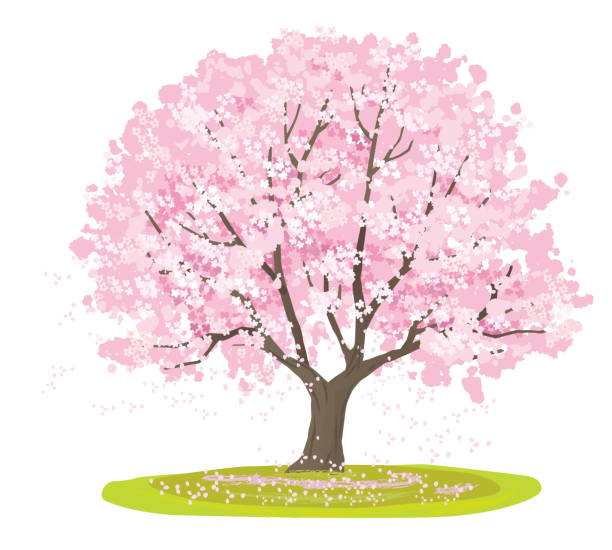Drinking water violation: we keep learning, and must keep improving
Our updated drinking water filtration plant went online in 2019 and provides noticeably better finished water. The system’s microfiltration membranes do a wonderful job removing turbidity. Some aspects of the new system even help us save money.
For instance, the new system generates less sludge that accumulates at the bottom of the plant’s lagoons, needing to be hauled away. Lagoons are like large outdoor swimming pools with a lining. Our lagoons were rebuilt during the summer of 2019, as part of the plant’s $5.5 million upgrade.
The filter’s backwash and collected solids are moved to the lagoons during the treatment process. In the lagoons, sludge waste settles and separates from supernatant (soo-per-NAY-tent). The supernatant is the clear water that is returned back to the head of the plant and blended with aqueduct or reservoir water. Sludge gets removed, is dried, and is then hauled to landfills.
With the old plant, we hauled away approximately 100,000 gallons of sludge per year. Our most recent contract price was $0.26 per gallon to haul. Sludge hauling was the fourth largest (of eight main components) that dictate the cost of water after: 1) Untreated water purchases (NYC DEP), 2) Plant Operations and Staffing, and 3) Electricity.
With the new plant, the number of gallons needing to be hauled has been reduced by almost 50%. In addition to costing less to haul the sludge away, we have saved on labor because now it takes less than two days to clean the lagoons.
However, this savings will be going away. Unfortunately, for the second time since the fall of 2021, sampling for Haloacetic Acids 5 (HAA5) at one of the Village’s testing locations recently surpassed the EPA’s limit of 60 ppb (parts per billion) in drinking water.
HAA5s can form as disinfection by-products when chlorine reacts with dissolved natural organic matter found in surface water supplies. Disinfection of municipal water, a federal and state requirement, is necessary to prevent illness by killing bacteria and viruses.
HAA5s are considered to be possibly carcinogenic to humans when consumed in excess of maximum contaminant levels, over many years, because of evidence in experimental laboratory animals and limited evidence in people.
After the average for HAA5 at one of the Village’s testing locations through 9/30/21 reached 61.2 ppb, our engineers and plant operator made adjustments, including using less chlorine for disinfection. The new plant with microfiltration membranes uses more chlorine than the old plant that was in service for about 30 years before 2019’s plant overhaul. We believe that the post-2021 adjustments have helped with HAA5 levels, but we were disappointed to see a recent sample, again, greater than the EPA’s maximum contaminant level (MCL) of 60 ppb (parts per billion).
As described above, and so we may finally break this pattern, we will pursue the following:
1) Move to hauling away sludge from the lagoons twice per year, instead of just once.
2) Increase sampling within our conveyance system to monthly from quarterly to hopefully identify patterns that should provide additional information.
3) Modify the wall separating our two lagoons that we hope will improve its functionality and standing sludge issues.
4) Work with DEC officials and speak with other regional water plant operators to investigate whether a State Pollutant Discharge Elimination System (SPDES) permit for the supernatant may be a better long-term solution.
There is nothing you need to do. You do not need to boil your water or take other corrective actions. If a situation arises where water is no longer safe to drink, you will be notified within 24 hours.
Please share this information with anyone else who drinks this water, especially those who may not have received this notice directly (for example, people in apartments, nursing homes, schools, and businesses). You can do this by posting this notice in a public place or distributing copies by hand or mail. This notice is being shared per the Village of New Paltz State Water System ID#: NY5503379.
For more information, please do not hesitate to contact the Village of New Paltz at 845-255-0130 or at 25 Plattekill Ave, New Paltz, NY 12561.
Mayor Tim Rogers

